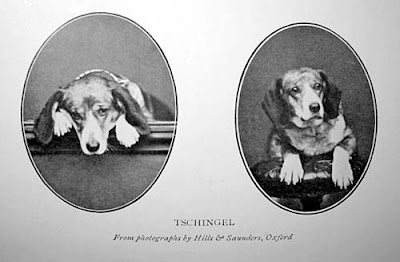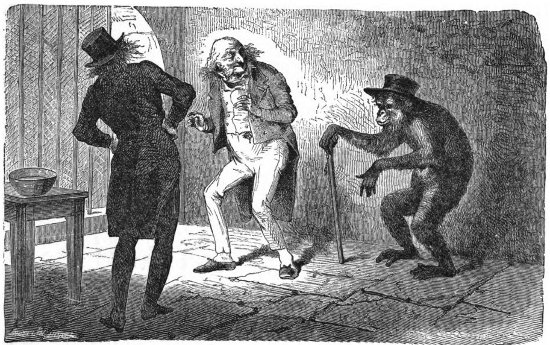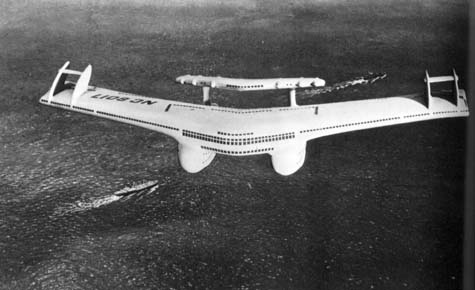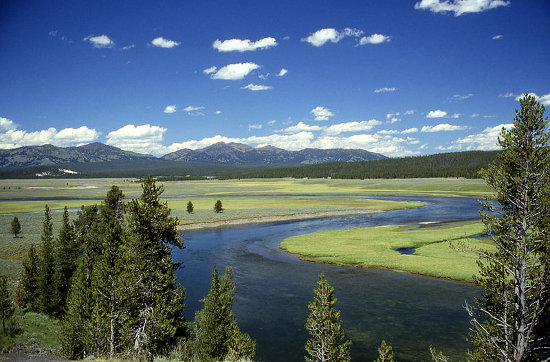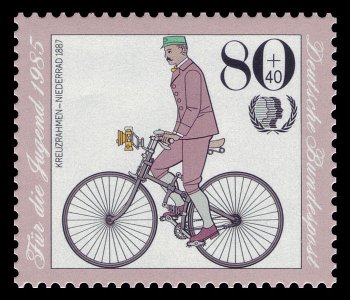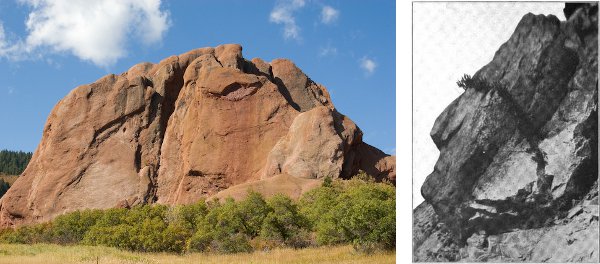
In 2002 a Russian student emailed her postal address to a friend in France so that she could send her a Harry Potter book. Unfortunately the French friend’s email program was not set up to display Cyrillic characters; instead, it produced diacritics from the Western character set. Apparently not realizing the error, the French girl copied them down and mailed the package. Postal employees realized what had happened, deciphered the address, and delivered the book successfully. (Thanks, Nicholas.)
Readers of the Strand seemed to delight in torturing the post office. In 1908 one mailed this card, which was delivered successfully, though postal officials said it took them 20 minutes to decipher it:
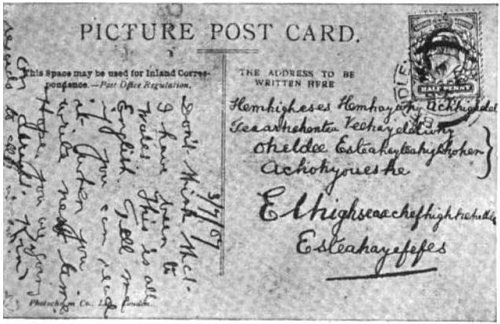
The address reads “Hemhigheses Hemhayary Achhighelel, Teaarhehentea Veehayelelwhy, Oheldee Esteahayteahighhohen Achohyoueshe, Elhighseaachefhighhehelldee, Esteahayefefes.” “The puzzle … is quite an easy matter once the clue is obtained.”
This American letter was mailed late one Sunday night in 1902:
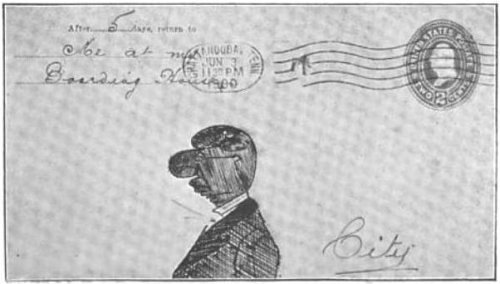
It was delivered correctly the next morning to Alfred Craven of Chattanooga, Tenn., who remarked, “I think it shows the efficiency of our postal service.” The profile is made up of the letters A. CRAVEN.

